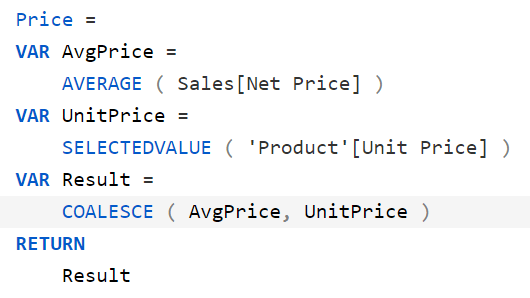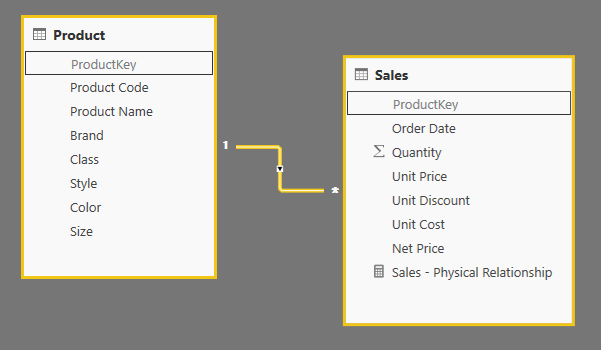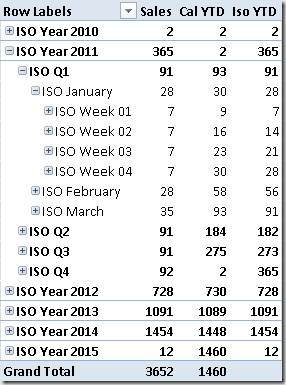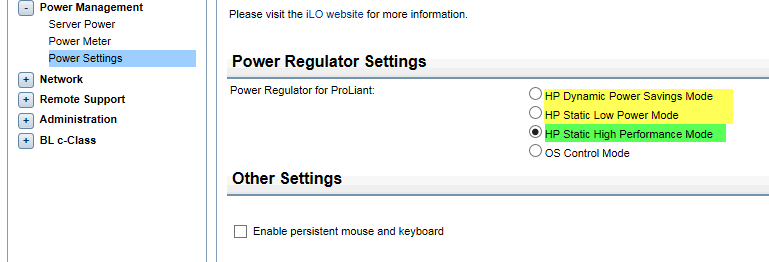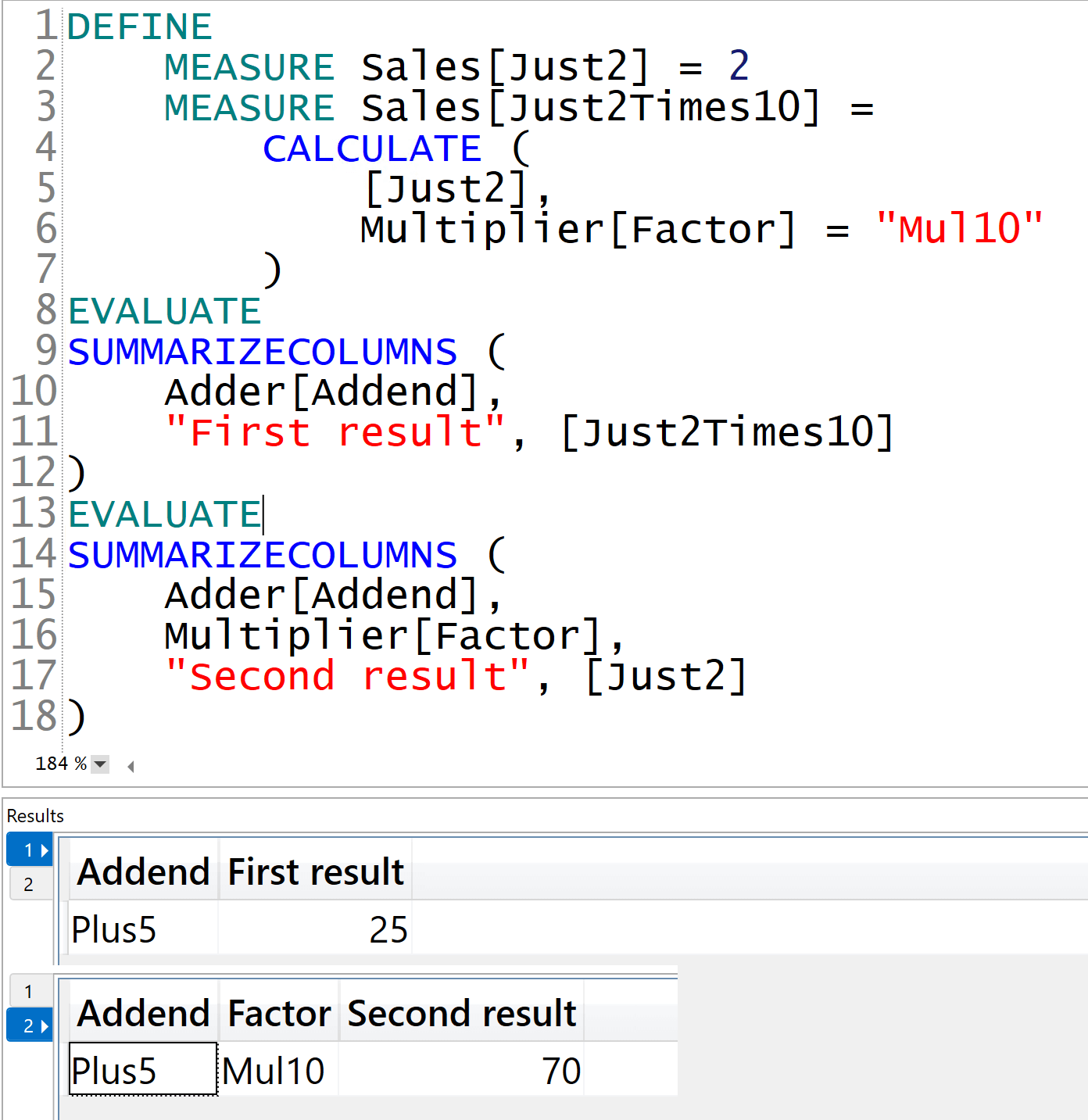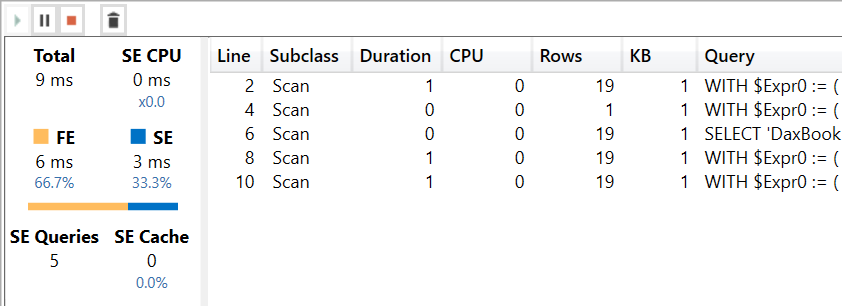Topic: Tabular
-
This article explains the roles of the formula engine and of the storage engine used to execute DAX queries. Read more
-
This article provides a complete explanation of the behavior of the ALLxxx functions in DAX. When used as filters in CALCULATE, ALLxxx functions might display unexpected behaviors. Read more
-
A Tabular model can define a measure as a Key Performance Indicator (KPI), thus providing a visual indicator for status and trend. This article describes in detail the KPI settings needed to get the best result using Power BI and… Read more
-
DAX calculations can leverage relationships present in the data model, but you can obtain the same result without physical relationships, applying equivalent filters using specific DAX patterns. This article show a more efficient technique to apply virtual relationships in DAX… Read more
-
This article describes the behavior of the DAX functions that manipulate sets; they are useful to create queries and sometimes also to author measures. Read more
-
This article contains a short checklist of what you have to do in order to optimize the memory used by a data model in PowerPivot or in Analysis Services Tabular, including links to tools and resources that can help you… Read more
-
The DAX language provides several Time Intelligence functions that simplify writing calculations such as year-to-date (YTD), year-over-year (YOY) and so on. However, if you have a special calendar structure such as a 4-4-5 weeks’ calendar, you need to write your… Read more
-
Hardware and virtualization settings have a big impact on Analysis Services Tabular performance. This article describes best practices for the most important settings to check. Read more
-
This article describes in which conditions the precedence of calculation groups might return unexpected results when filtering calculation items in both the visuals and the measures present in a report. Read more
-
This article describes the differences between eager evaluation and strict evaluation in DAX, empowering you to choose the best evaluation type for your data models. Read more

